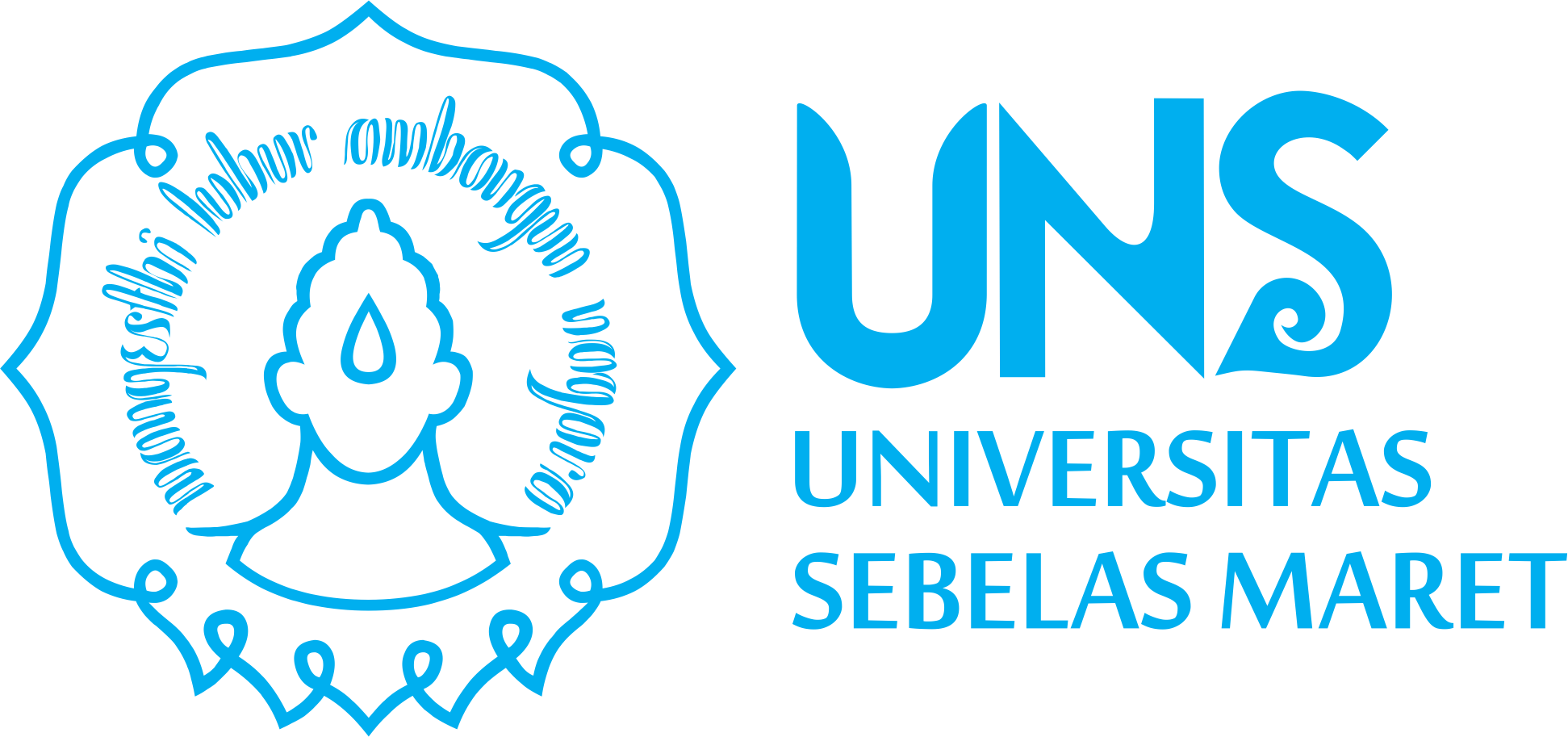Content
It was called “systematic encouragement and community access” and involved a counselor calling a community 12-Step volunteer. The volunteer in turn would talk to the person about the meeting, offer to provide a ride to the meeting, and later call to remind the person about the meeting and encourage attendance (Sisson & Mallams, 1981). Subsequently, an individually administered three-session intensive referral procedure has been developed which more fully standardizes this process (Timko https://www.gamez.ru/sol/1000.htm et al., 2006). The initial session, which lasts between 45 to 60 minutes, provides information about 12-Step approaches, explores concerns and expectancies the person may have, and facilitates the linkage between client and community volunteer. Although there is reason to believe that 12-Step attendance can benefit youth, only 11% and 16% of AA and NA members, respectively, are younger than age 30, and only about 2% in both groups are younger than age 21 (AA, 2008; NA, 2010a).
They share their knowledge and advice with people who are still learning how to navigate the challenges of maintaining recovery after quitting alcohol or other drugs. Twelve-step groups often reference a higher power, but these programs are not just for religious people. In fact, two large multisite studies found that nonreligious participants who commit to 12-step programs seem to benefit from these groups as much as religious individuals do. In addition, most studies showed that AA participation lowered health care costs. In recent years, 12-step programs have emerged for a host of other addictions including overeating, compulsive spending or debt, sexual addiction, and gambling.
Criticisms and why 12-step programme isn’t for everyone
Although the 12 Steps are based on spiritual principles, many nonreligious people have found the program immensely helpful. The language emphasizes the presence of God as each participant understands God, allowing for different interpretations and religious beliefs. AddictionResource aims to present the most accurate, trustworthy, and up-to-date medical content to our readers. Our team does their best for our readers to help them stay informed about vital healthcare decisions. Dr. Ahmed Zayed has degrees in Medicine and Surgery and is a graduate of The University of Alexandria.
- How, then, can a physician proceed ethically in an evidence-poor zone?
- If you regularly attend, participate and engage in meetings, you’re more likely to experience success with the program.
- Individuals who complete rehab often continue participating in meetings because the 12 Steps help them focus on sobriety.
- Inpatient and intensive outpatient (IOP) programs also use different approaches, which may or may not include TS groups, TS principles, or TSF [26].
- Adult Children of Alcoholics
A 12-step program for people who grew up in alcoholic or otherwise dysfunctional homes.
Encourage other modalities and be vigilant for opportunities to enhance self-efficacy and internal motivation. In making recommendations, consider the person’s goal for recovery (abstinence or moderation) and the financial and social costs of the modality relative to the likelihood of success [40]. Encourage the relationships and the ancillary habits that support recovery. Finally, advocate for accessible resources that treat addiction as a chronic, relapsing condition with psychosocial, environmental, neurological, and genetic dimensions.
Process
Moreover, addiction does not appear to be a natural kind—that is, addictions don’t appear to share a common set of physiological or psychological mechanisms [39]. What they do seem to have in common is the lived human experience of compulsion. This is not to say that research is useless; studies of different interventions still yield useful information. But we do not expect precise and certain answers to emerge from research, at least not any time soon. The COMBINE study randomized 1,383 alcohol-dependent patients to 9 groups of pharmacologic and behavioral interventions.
In addition, depression incidences were inversely proportional to durations of participation in 12-step groups. The best outcomes were achieved by patients https://onyourmark.org/faq/ who attended both 12-step programs and some form of outpatient treatment. The success rate of the 12-step program cannot be calculated with certainty.
What Are the Twelve Traditions?
The Steps encourage the practice of honesty, humility, acceptance, courage, compassion, forgiveness and self-discipline—pathways to positive behavioral change, emotional well-being and spiritual growth. People interested in partaking should speak with a relevant organization or healthcare professional about ways in which to treat and manage their substance and alcohol use disorders. Additionally, there are 12-step programs available to those who have been affected by an addict’s behaviors, such as family and friends. While participating in the 12 steps of recovery can be beneficial for many people, consider the advantages and disadvantages of these programs before you decide if this approach is right for you.

Many addiction recovery groups have adopted the 12-steps program. Considering a 12 step program simply means you’ll stick your head through the doorway and see what kinds of stories people are sharing. (We bet you will, though.) Maybe you will form a connection with a higher power of your understanding. In 2017, one in eight adults said they struggled with alcohol and drug disorders simultaneously. But, what about other addictions, like food, that is paired with alcohol? For example, open AA meetings allow friends and loved ones of people suffering from alcoholism to attend.
